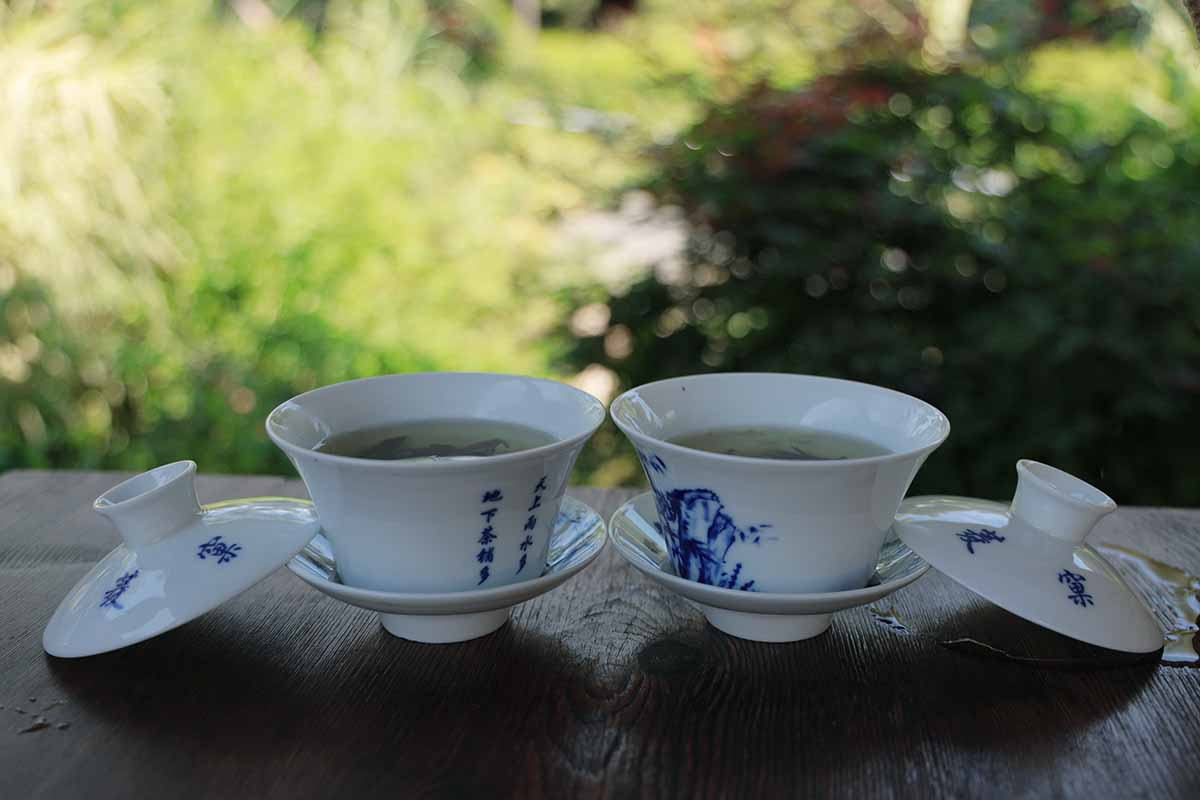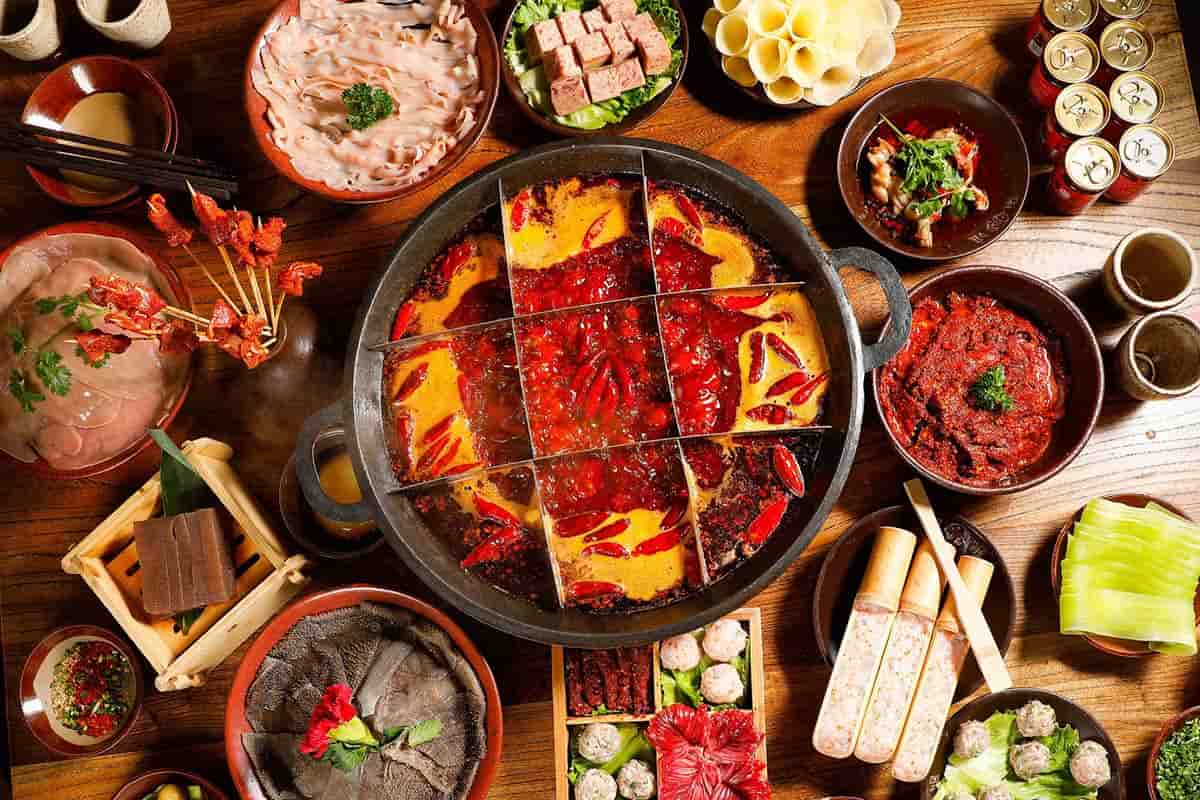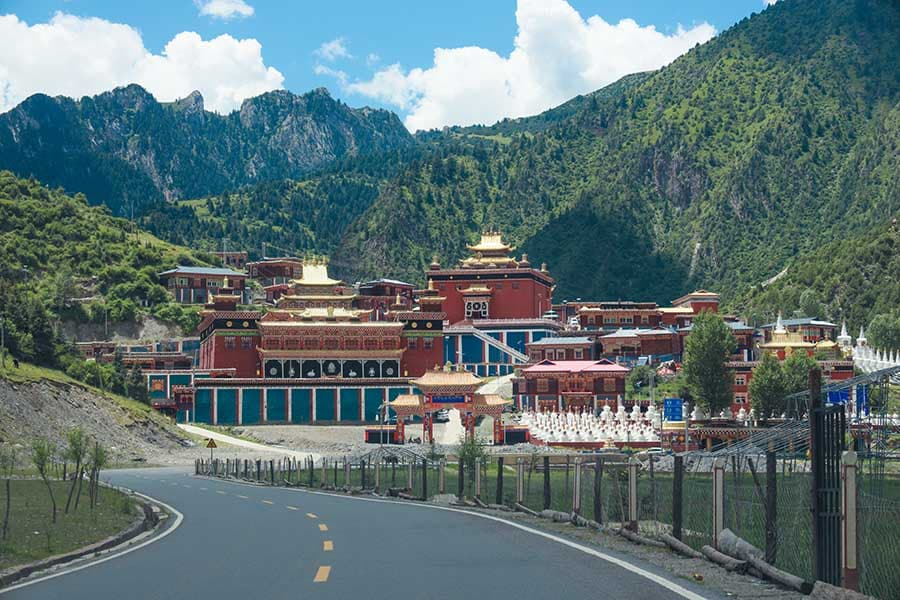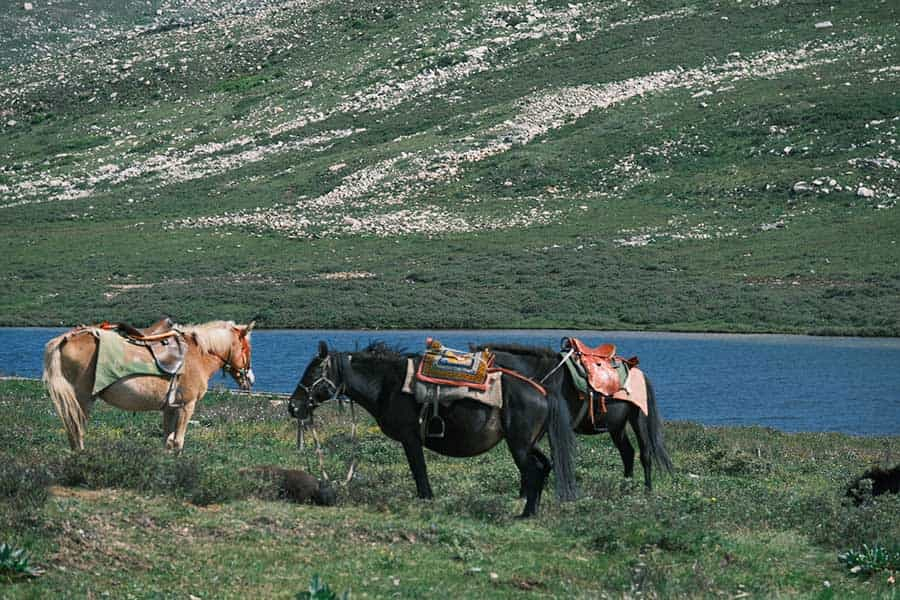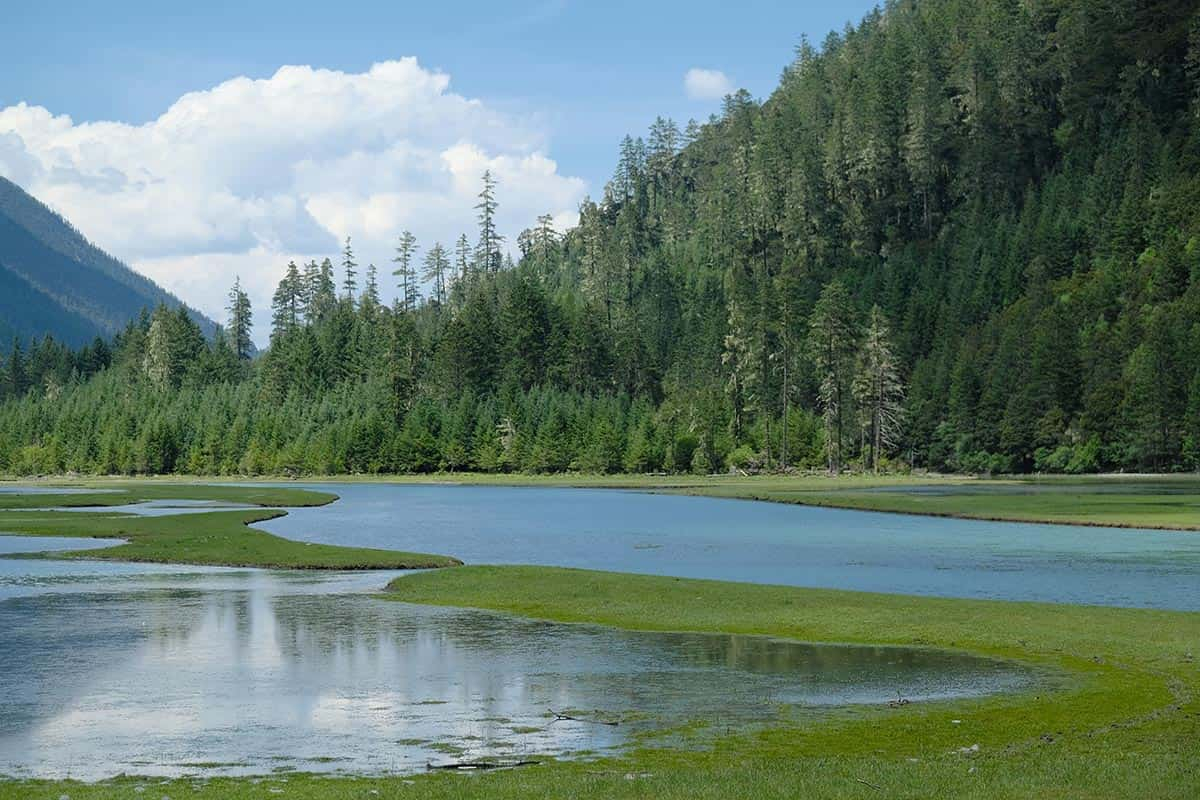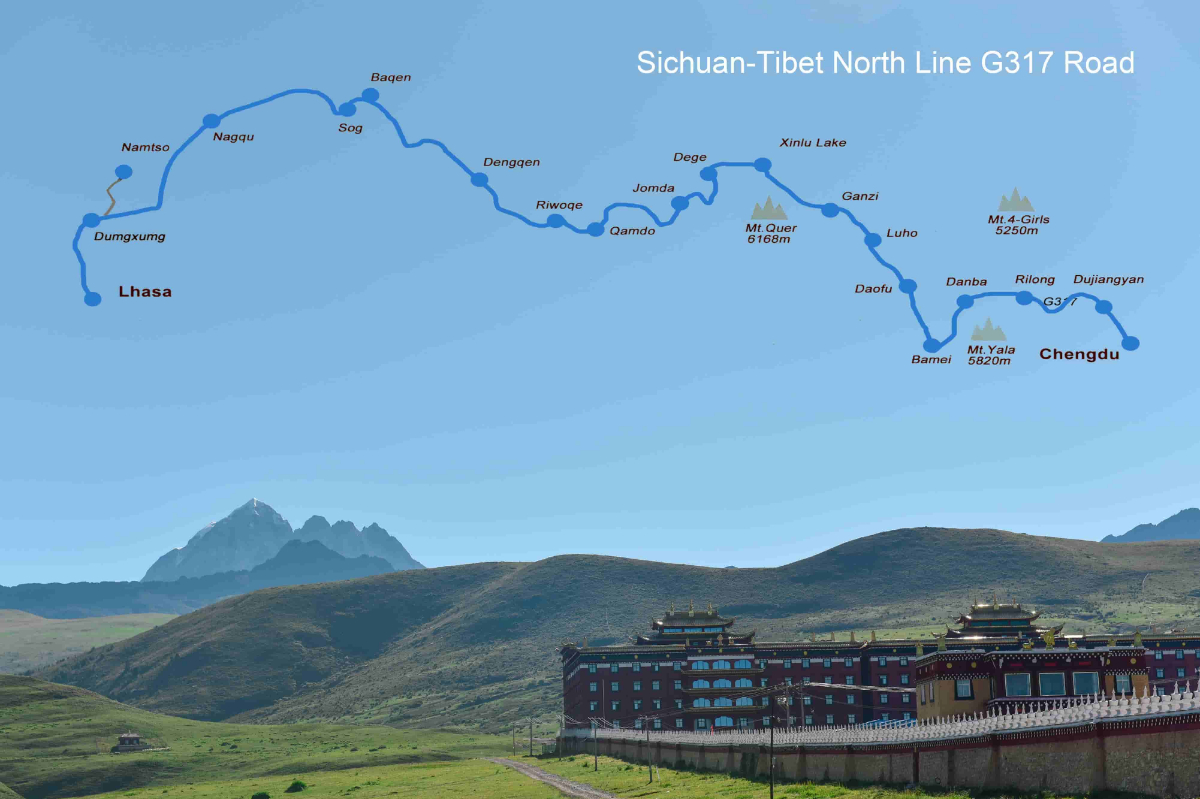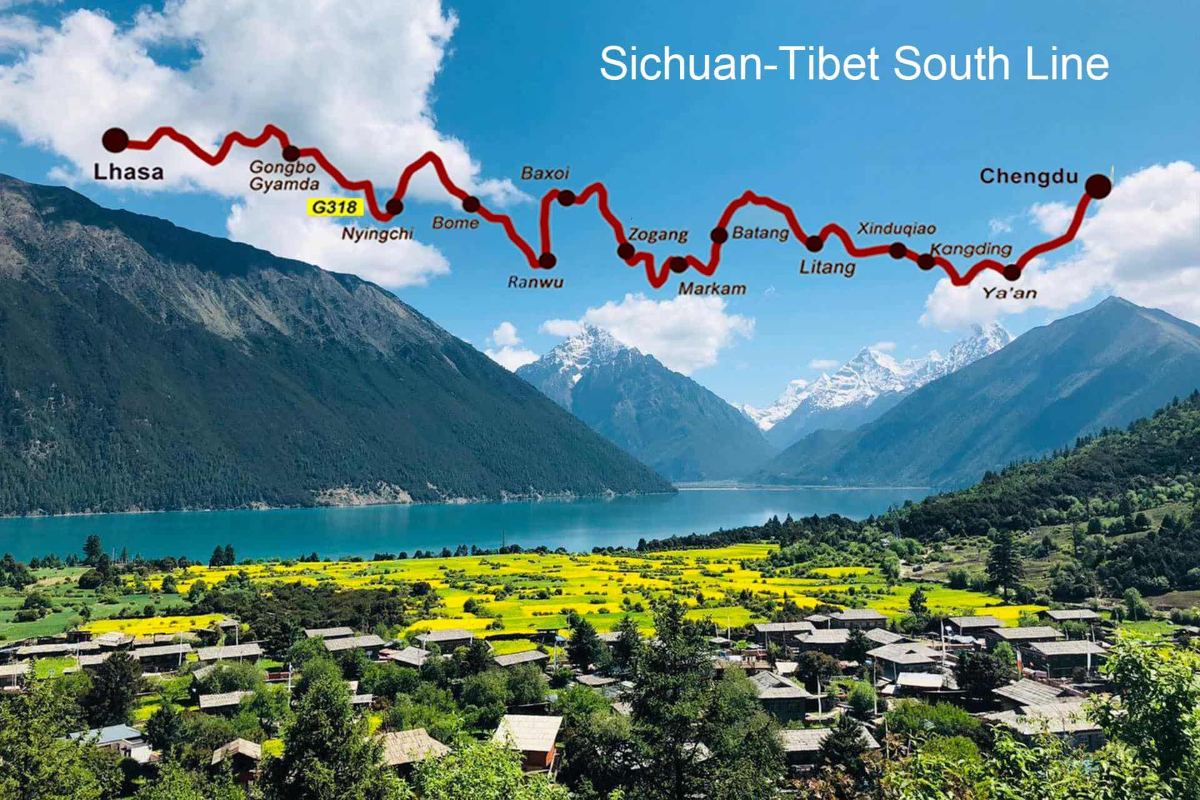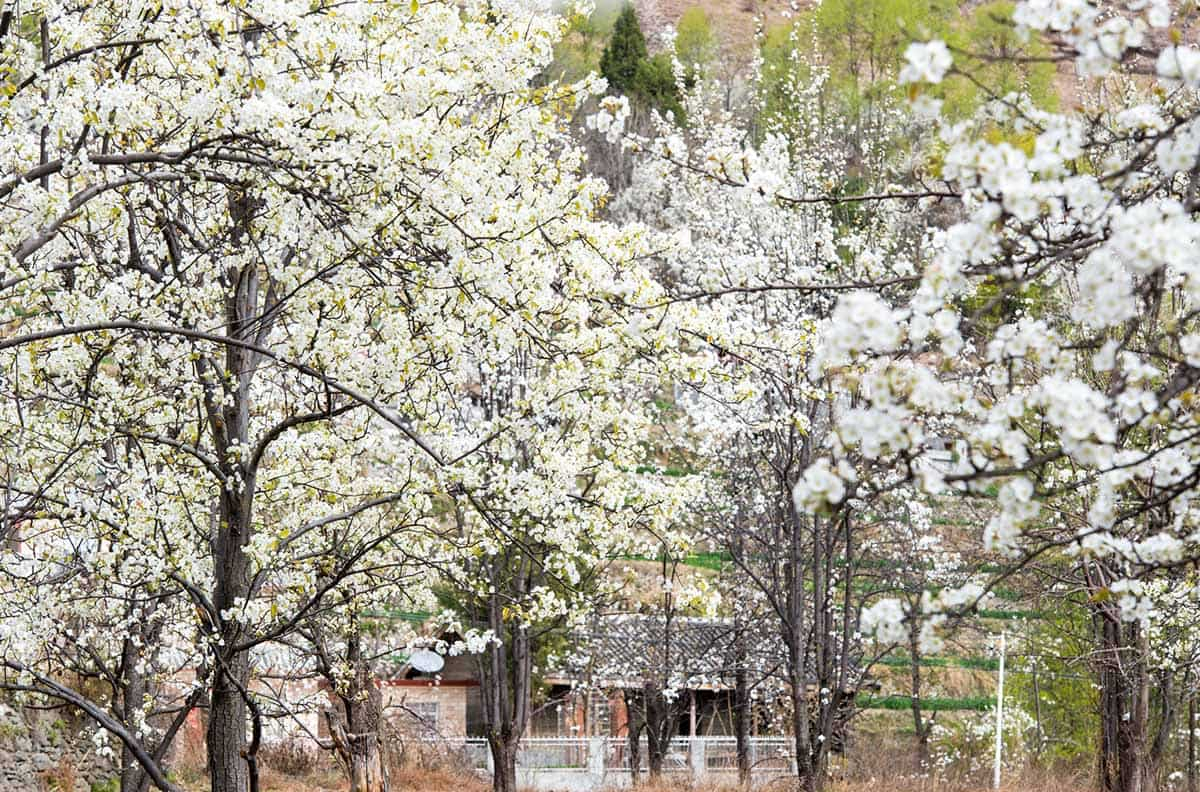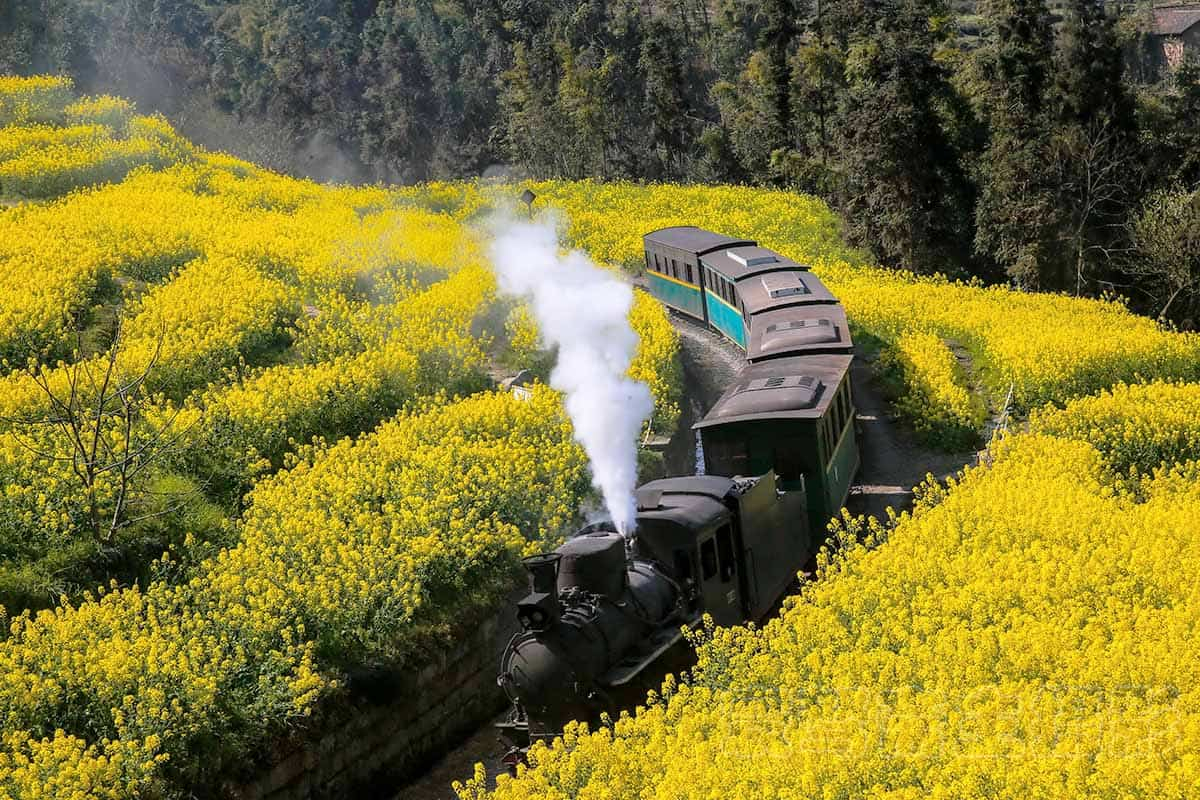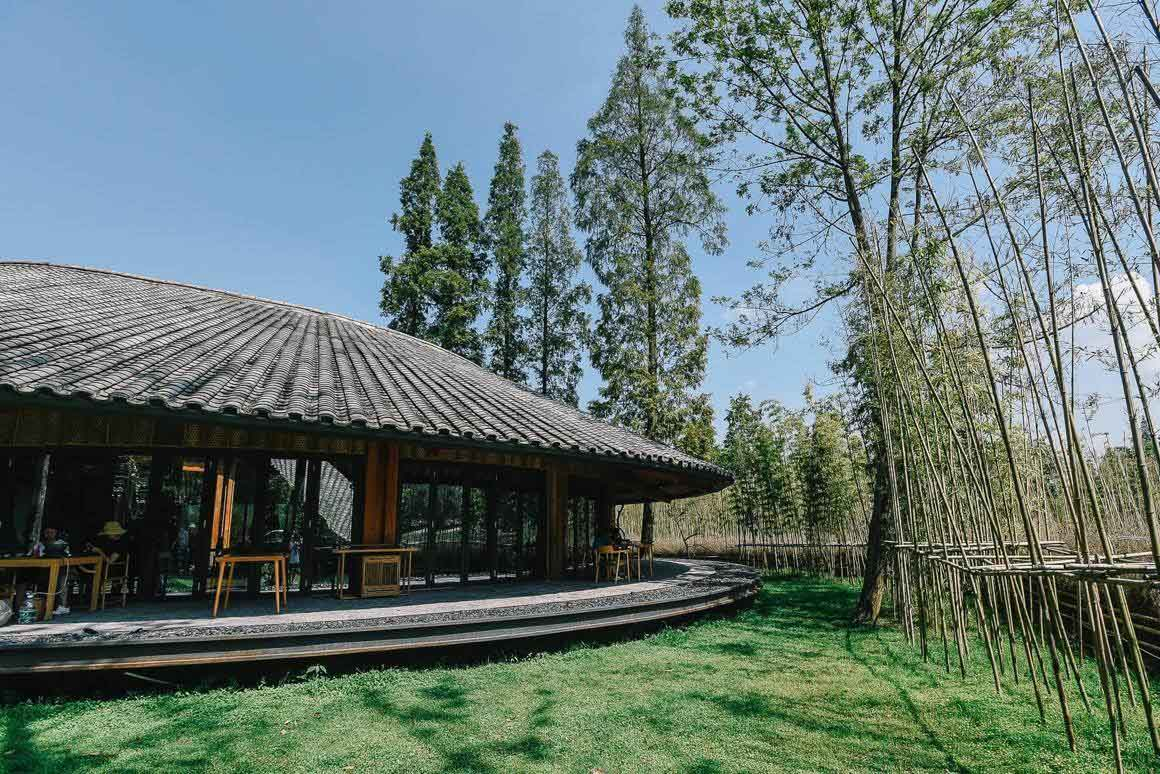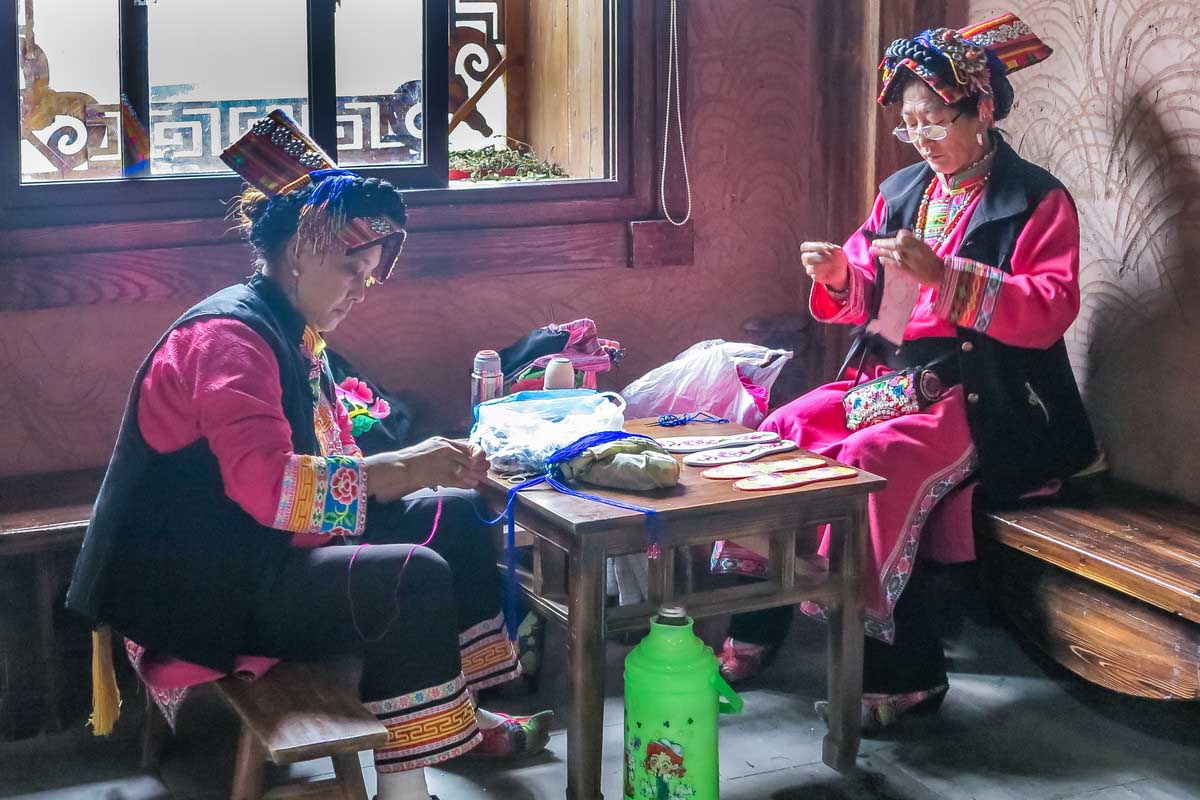Daoming Bamboo Craft Village
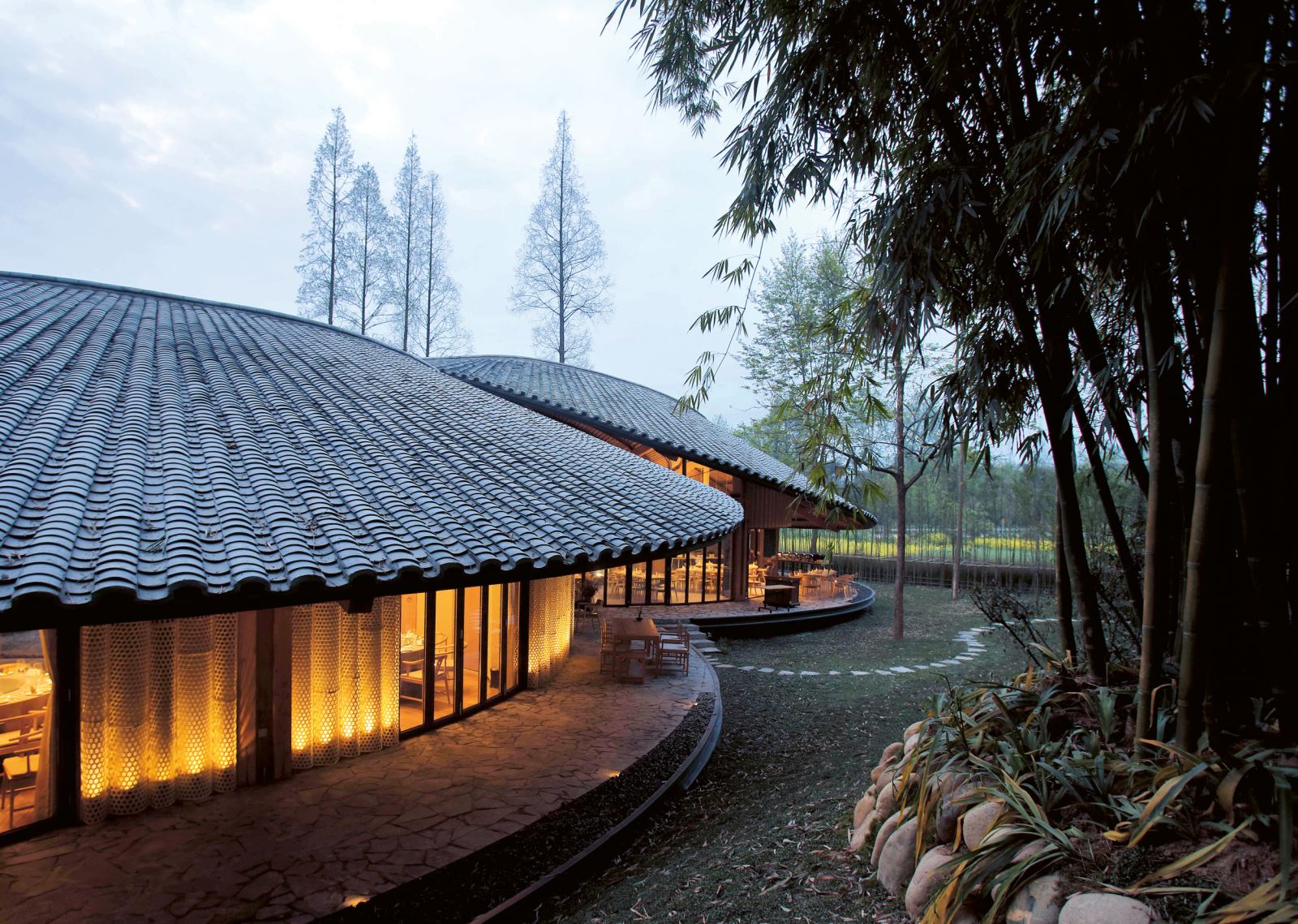
A building called Zhuli, which literally translates to “Bamboo Lane”, has attracted many visitors at the 16th Venice International Architecture Biennale. Most importantly, it reveals the issues and possibilities of the Chinese countryside.
Located more than 50 kilometers away from the Chinese city of Chengdu, Sichuan Province, the Bamboo Craft Village is conceived as a natural, artisanal, and socioeconomic utopia. Dao Ming Bamboo Village has practiced bamboo knitting for more than 2,000 years, and villagers have made a living from traditional bamboo techniques. Natural because it recreates the rural life atmosphere of the area, is in close connection and interaction with the landscape, and is built following ecological principles. Artisanal because the whole village is a building experiment based on the recovery of handicraft techniques and the use of traditional building materials such as timber, bamboo, and ceramic.
Daoming has become a model for the combination of culture and tourism, but, more importantly, young villagers are gradually concentrating on the study of bamboo craftsmanship.
Also, Daoming attracts artists, writers and even poets from all over China. After all, a return to pastoral life has long been an ideal of Chinese literary tradition.
As a featured village named after the local “bamboo weaving” craft, the village will periodically carry out special events (Arts Festival, construction festivals, etc.), where bamboo weaving, processing, and consumption are fully displayed and taught. Ecological agriculture was integrated with landscape and catering. Multi-level public buildings and spaces are taken into consideration. Also a village guide rule with consideration and sensitivity to the local character is made to take the overall control.
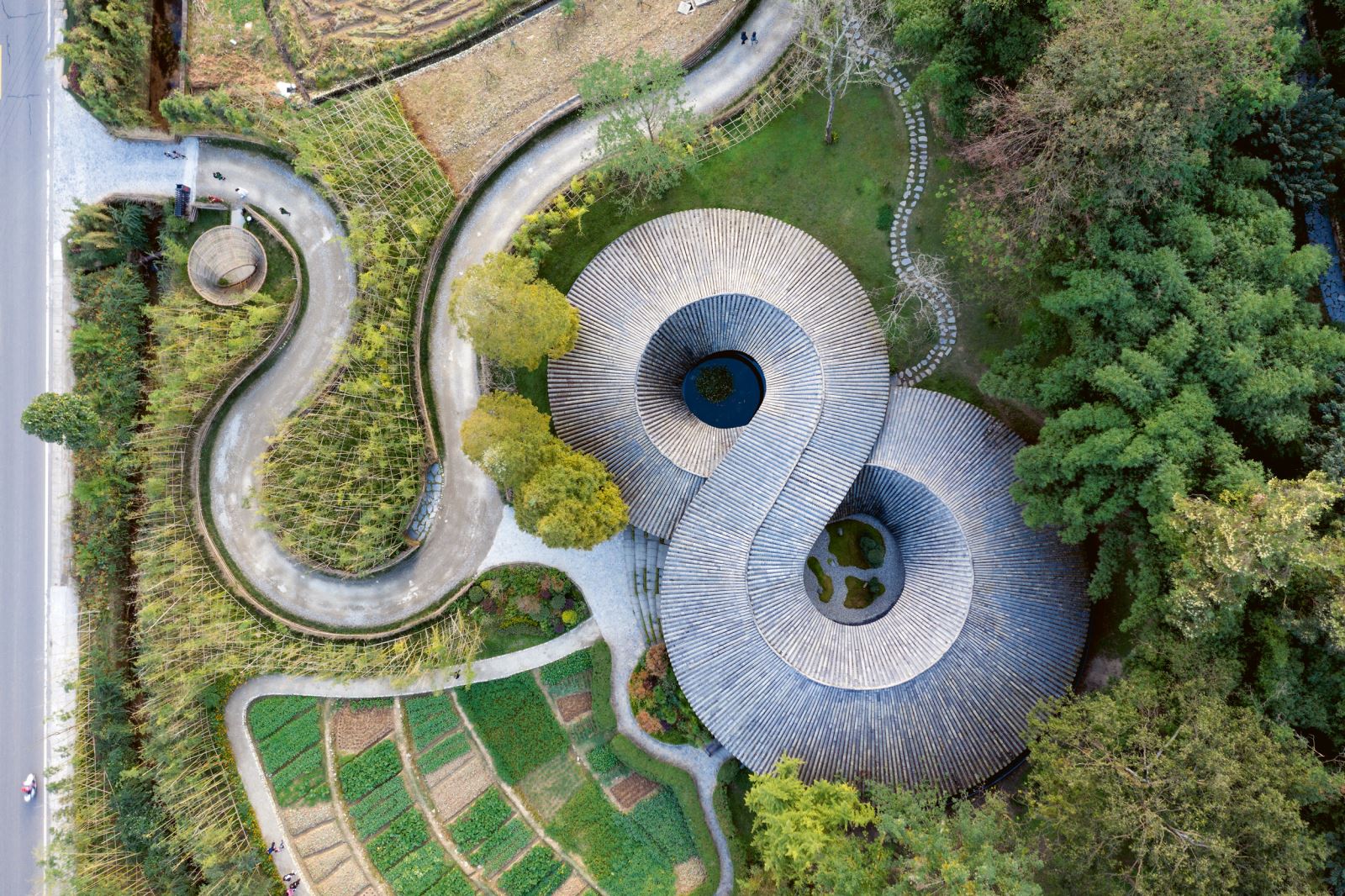
● Dingzhizhu Bamboo Weaving Culture Center
Dingzhizhu Bamboo Weaving Culture Center, located at the village entrance at the mountain foot, is at the first sight of coming tourists, and plays a role of guidance. Two small farm houses that originally existed on the site were integrated into a unified streamlined building space. Under this open and flowing linear roof, there is a mezzanine living space, a high-pass display space and a semi-outdoor tearoom space. Visitors can enjoy the production, teaching and display of the bamboo weaving process in the shuttle flow both inside and outside. The building is finished with local grey tile roof and bamboo weaving façade, with support of timber structure.
●The fifth Space
As the village service center, the fifth space is located in the center of the village, with forest trays and canals in the back, facing the public square and rape field, and equipped with a small parking lot. It includes toilet, teahouse, public chairs, delivery point, ATM, and play areas for kids. The "X" shaped plan stretches into the site, providing a bridge for rest and repose, viewing the flowering fields and village roads below. The building incorporating with the village's unified architectural language - a curvilinear cross-section roof- is completed with a steel-wood hybrid structure, with the use of bamboo-molded concrete walls and local traditional grey tile roofs.
● Tourist Center
The tourist center is close to the most beautiful country road - “Chongqing Road”. As the gateway to the Village, it is equipped with bus drop-off points and small parking lots. Situated in the natural, wild rural phenomena, the visitor center located here surrounds the central public square with its surrounding functional space and is open to the rape fields. The building is finished with a mixture of brick walls and wooden structure roofs, and the silky ridge line covers the space. Open-ended public spaces such as an integrated service hall, shops, and exhibition halls are on the first floor, and the second floor is a relatively private working space.
● Teenagers Campgrounds
The campgrounds facing the mountain ravine, provide continuous public activity spaces and scattered individual dwelling unit in the wild mountainous surroundings for every culture experience team, gradually dissolves and extends into nature. The public activity area is formed by several blocks of continuous diagonal connections, including multi-functional classrooms, restaurants, and equipment rooms, etc. The accommodation units are scattered among the forests, erected from the ground, and connected by the plank road. The building is completed with a prefabricated balsa structure. The building facade consists of weather-resistant steel panels and highly reflective glass. All viewing facades are framed with high-reflective glass floor to provide a wide view of forest, while hiding the building in the environment.ngs, Impression Sanjie Liu shows the living situation, the folk customs, and especially the landscapes around Li River.
- HOTEST
- RECOMMEND
